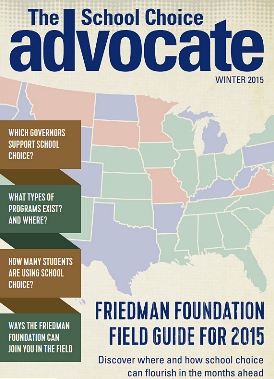 Max Yoder and Lesson.ly are rightfully getting a lot of attention (see our BizVoice magazine story). But the budding entrepreneurial star has a second organization he is leading.
Max Yoder and Lesson.ly are rightfully getting a lot of attention (see our BizVoice magazine story). But the budding entrepreneurial star has a second organization he is leading.
Here’s his explanation of The First Fund and what it means:
“We have a ton of work to do with The First Fund, and it is very much an experiment. The experiment revolves around the fact that there are these awesome first-grade teachers out there who have direct relationships with their kids and also direct relationships with the parents. Often those parents don’t come from the financial wherewithal they would like.
“We work with those teachers to identify those kids and parents. We set up a 529 (education savings account) plan for their children and then help the parents add money to those accounts.”
Yoder outlines the principles of mentorship, financial planning and scholarship that are so critical. Then, in a matter of 30 seconds, the 27-year-old showcases both his sense of humor and his passion for others.
“I met a bunch of first-grade kids during a failed relationship to a first-grade teacher. Now I’m madly in love with a second-grade teacher; I’ve upgraded. It’s the kids — the hope on their faces.”
Yoder goes on to talk about the recent serious heart attack and challenging recovery of his friend John (who helped start The First Fund).
“The First Fund has never been more important to me, to make that work. John’s going to pull through, and we’re going to make sure that The First Fund is in the best shape it can be.”
Yoder concludes by describing the difference between his growing software training firm and his non-profit.
“Lesson.ly is this big, high-growth engine. Bigger is better in our world. In The First Fund world, I have to put on a very different hat. It’s not let’s see how fast we can give scholarships to as many kids as possible. It’s let’s see how we can maximize the scholars we already have — making sure we can really, really drive value for the people who are here.”
Good luck, Max. And kudos for the work you are doing.

 The Indianapolis-based
The Indianapolis-based